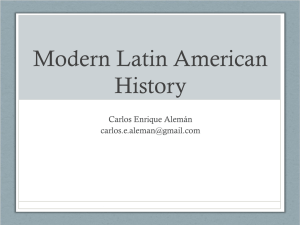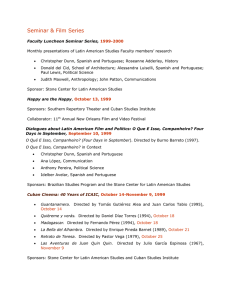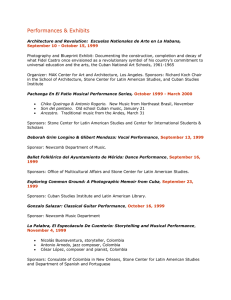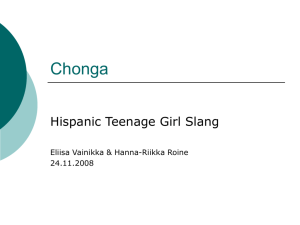Chapter 14 Test
advertisement
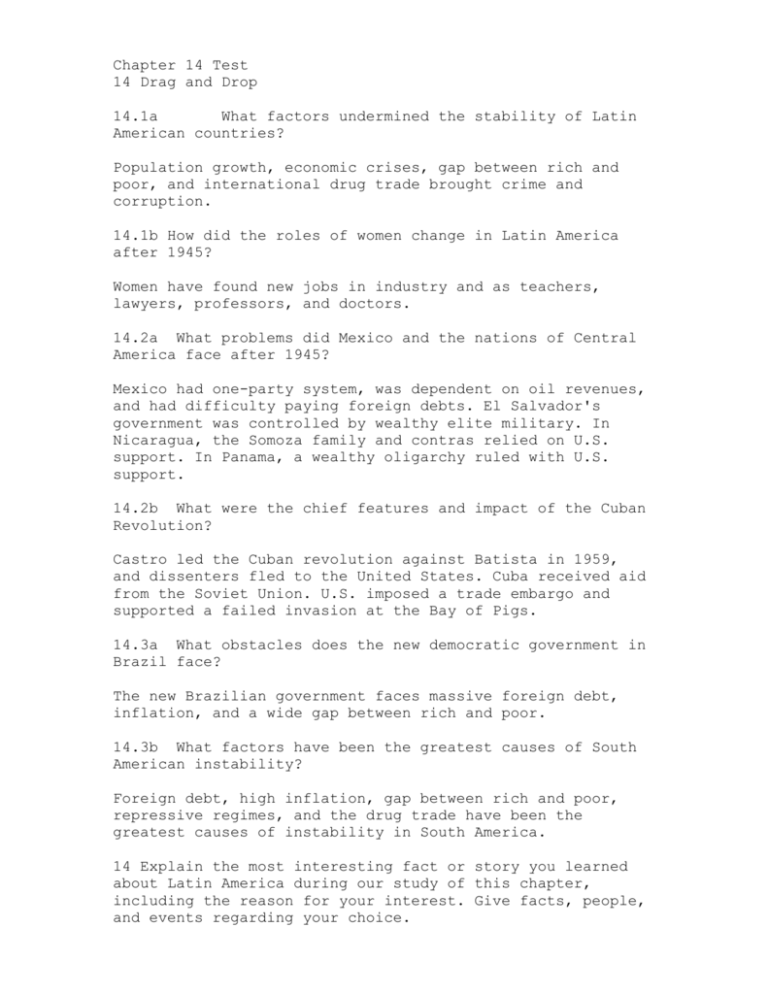
Chapter 14 Test 14 Drag and Drop 14.1a What factors undermined the stability of Latin American countries? Population growth, economic crises, gap between rich and poor, and international drug trade brought crime and corruption. 14.1b How did the roles of women change in Latin America after 1945? Women have found new jobs in industry and as teachers, lawyers, professors, and doctors. 14.2a What problems did Mexico and the nations of Central America face after 1945? Mexico had one-party system, was dependent on oil revenues, and had difficulty paying foreign debts. El Salvador's government was controlled by wealthy elite military. In Nicaragua, the Somoza family and contras relied on U.S. support. In Panama, a wealthy oligarchy ruled with U.S. support. 14.2b What were the chief features and impact of the Cuban Revolution? Castro led the Cuban revolution against Batista in 1959, and dissenters fled to the United States. Cuba received aid from the Soviet Union. U.S. imposed a trade embargo and supported a failed invasion at the Bay of Pigs. 14.3a What obstacles does the new democratic government in Brazil face? The new Brazilian government faces massive foreign debt, inflation, and a wide gap between rich and poor. 14.3b What factors have been the greatest causes of South American instability? Foreign debt, high inflation, gap between rich and poor, repressive regimes, and the drug trade have been the greatest causes of instability in South America. 14 Explain the most interesting fact or story you learned about Latin America during our study of this chapter, including the reason for your interest. Give facts, people, and events regarding your choice.








